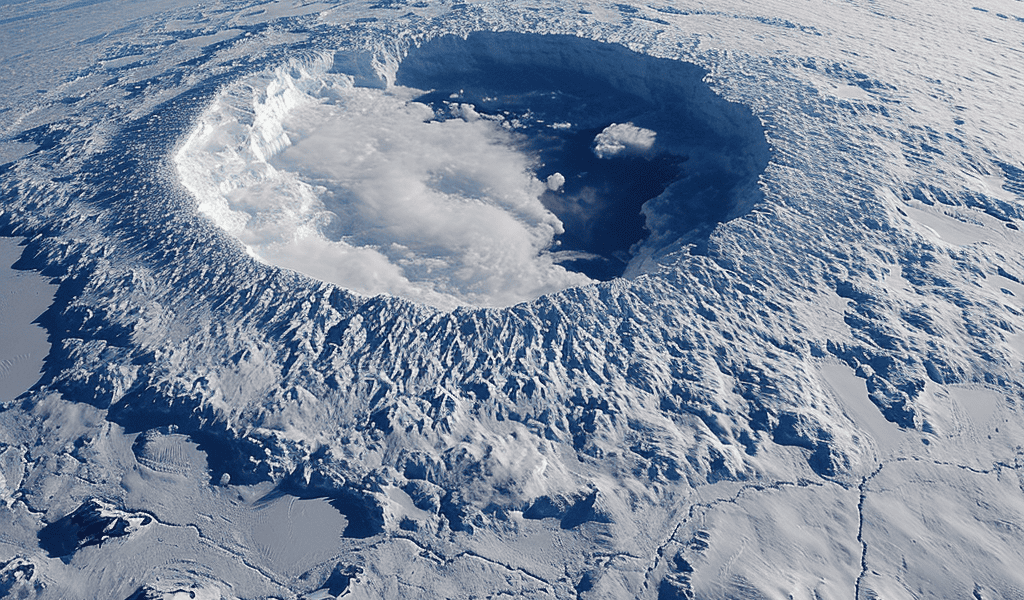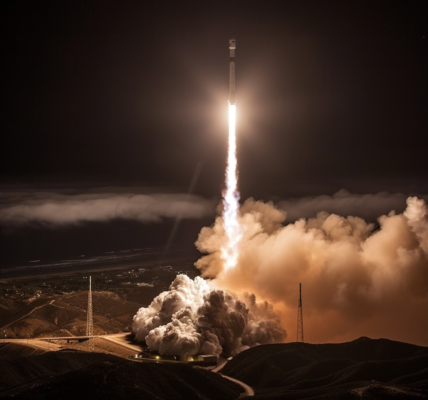THE 7TH LONGEST-LIVED OZONE HOLE ON RECORD, CLOSES FOR CHRISTMAS
By Lexi Mural, December 21, 2023
The 2023 Antarctic ozone hole, one of the longest-lived observed to date, has finally closed on 20 December, marking the 7th latest closing observed according to data from the Copernicus Atmosphere Monitoring Service (CAMS). The closure of the ozone hole was preceded by a series of unexpected twists and rebounds, drawing the attention of specialists and surprising experts.
The ozone hole made an early and rapid appearance, expanding to become one of the largest on record by mid-September. Although it later reduced in size, it remained unusually persistent during November, covering an area of over 14.2 million square kilometers, roughly equivalent to the size of Antarctica. The closing process involved a series of rebounds, ultimately delaying the final closure until 20 December.
This peculiar behavior of the 2023 ozone hole is the fourth consecutive year of unusual activity in the Southern Hemisphere, despite the global success in banning ozone-depleting substances. Researchers have proposed various factors that may have contributed to this behavior, including the eruption of the Hunga Tonga – Hunga Ha’apai volcano in early 2022, which injected significant amounts of water vapor into the stratosphere, potentially influencing the extent and intensity of ozone depletion in 2023. Additionally, a period of positive Southern Annular Mode could have delayed the usual ‘final stratospheric warming’ that signals the conclusion of the ozone hole by breaking up the polar vortex.
Moreover, new research points to long-term atmospheric dynamics detected since the early 2000s as a potential driver of the large and persistent ozone hole observed in 2023. While the precise reasons behind this behavior are not yet fully understood, the closure of the 2023 Antarctic ozone hole brings relief and raises further questions for scientists and researchers monitoring the Earth’s stratosphere and the ozone layer.





